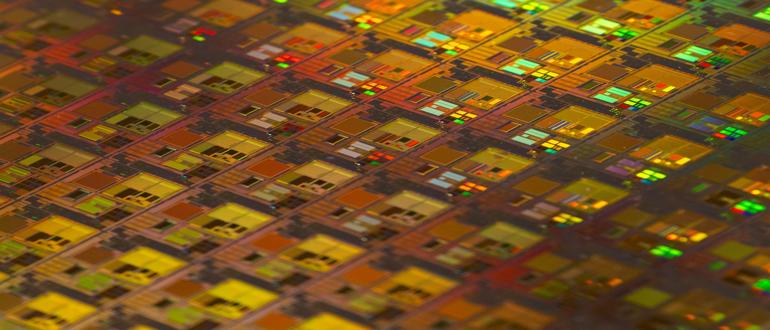
What does the future of the semiconductor industry look like? That’s a question that the four founders of the semiconductor startup AheadComputing are attempting to answer. Given that all four partners are former Intel chip experts, they have a shot at helping to shape the future of the rapidly evolving semiconductor sector.
Launched in 2024, AheadComputing has recently raised $21.5 million in seed funding. Led by Eclipse Venture, the VC investors included Fundoma, EPIQ Capital Group and Maverick Capital. Notably, leading chip architect Jim Keller, who worked for Tesla and Apple, also invested in this first round. Helping attract funding is the rapid growth in high performance computing, a sector that industry experts expect to reach $100 billion in annual sales by 2030. Semis that help drive this market will certainly enjoy a tailwind.
AheadComputing’s approach uses the open RISC-V design, whose standards are overseen by a group of tech organizations instead of a proprietary license. RISC-V’s openness means it’s a cost-effective platform that can be used by any group of smart designers to create new designs in chip architecture. And a chip startup, of course, doesn’t need its own fabrication plant; it can ship off designs to TSMC, just like many big players like NVIDIA and Meta.
To be sure, competing with today’s leading chip vendors is a high mountain to climb. Still, inventive semiconducutor designers can use RISC-V to design a wide array of chip architectures. For a new player seeking to compete in a well-funded market, this could include designing so-called “chiplets,” which are small, modular processors specially designed to interoperate with other chiplets within an overall integrated package. Chiplets can be optimized in new and inventive ways to optimize performance for CPU cores, I/O and AI accelerators.
The 80-person AheadComputing’s strategy is to create a 64-bit RISC-V application processor that handles data in a cost competitive manner. Though the company hasn’t provided a complete roadmap, it appears to be focusing on niche architecture geared for key tasks—but performing those tasks in a way that tops competitor’s chips. The company expects to compete in the PC market and the data center sector.
AheadComputing has not yet announced a launch date for product, but its ambitions are high. The company is “doing the biggest, baddest CPU in the world,” said Debbie Marr, the company’s CEO.
Perhaps most important for the co-founders of AheadComputing, they have the most important element: the background and deep technical expertise required to create a new chip company.
- Marr was an Intel Fellow and Chief Architect of the Advanced Architecture Development Group at Intel, where she led development of a CPU core.
- Jonathan Pearce was an Intel Principal Engineer, CPU Architect and a strategist in the Advanced Architecture Development Group.
- Srikanth Srinivasan, an industry expert on microprocessor architecture, helped finalize chip designs for high end chips like Broadwell and Nehalem and consumer gear like the Bergenfield.
- Mark Dechene, an Intel Principal Engineer and CPU Architect in the Advanced Architecture Development Group, led the Memory Execution Architecture team within the CPU core.
Add up the cumulative years of experience of the four founders and the number tops 100. Can this century of experience lead to competitive innovation in the years ahead? That’s still unknown, but today’s semi market is undergoing such rapid shifts that there’s clearly room for new and creative players.

